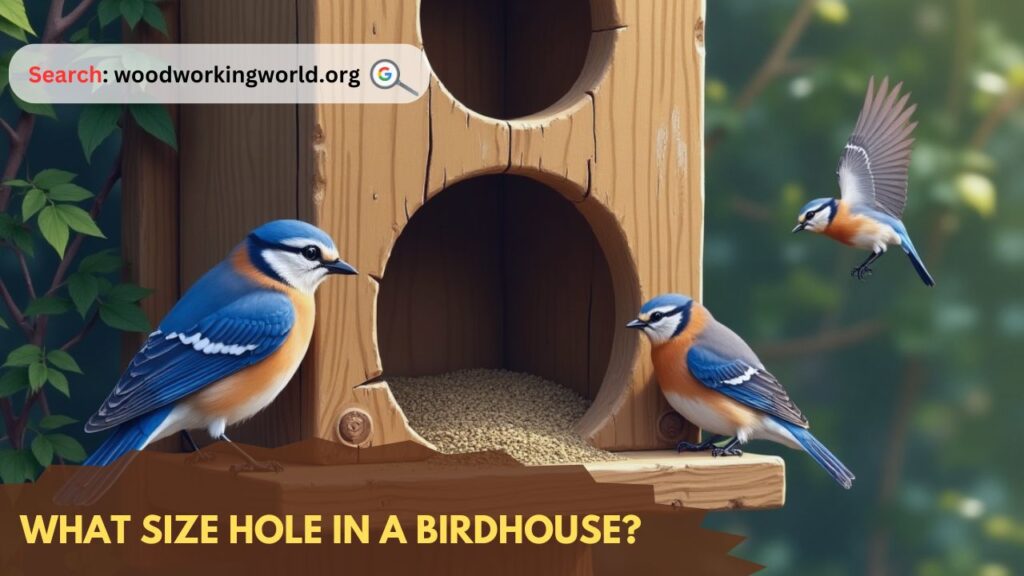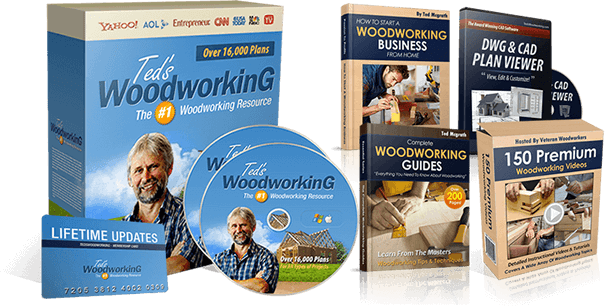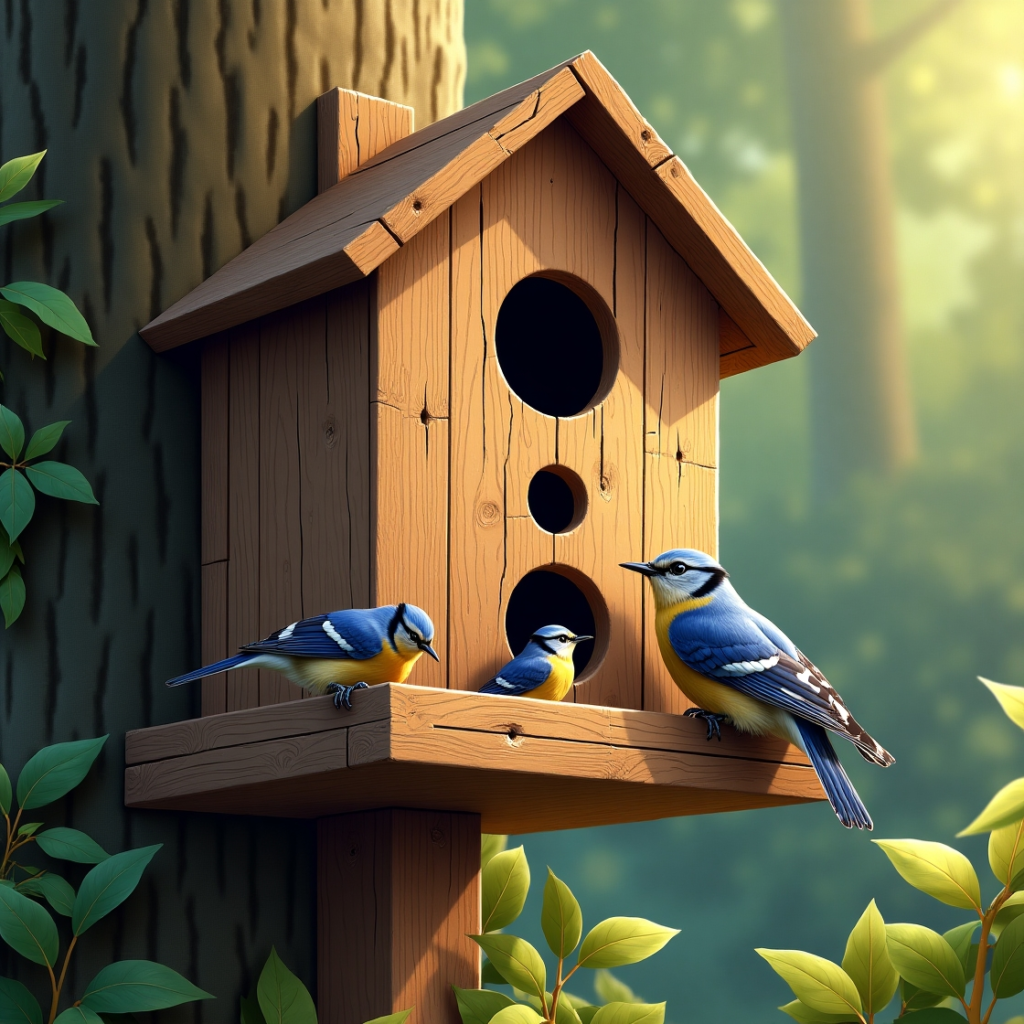What Size Hole in a Birdhouse?
When building or purchasing a birdhouse, the size of the entrance hole is one of the most critical factors to consider. Different bird species require specific hole dimensions to feel safe and comfortable in their homes. Choosing the right hole size not only attracts the birds you want but also helps protect them from predators and larger unwanted birds.
This comprehensive guide will explore the importance of entrance hole sizes, specific recommendations for various bird species, how to measure and cut holes accurately, and expert tips for creating the perfect birdhouse setup. By the end, you’ll have all the knowledge needed to attract and protect feathered friends in your backyard.

Why Hole Size Matters
The entrance hole size serves several crucial purposes:
1. Bird Selection
Certain species prefer specific sizes and may not enter a birdhouse with a hole that is too small or too large. Providing the right size increases the chances of attracting your desired bird species.
2. Predator Protection
Smaller holes keep larger birds and predators from gaining access. This is especially important in areas with high populations of aggressive or predatory birds and mammals.
3. Comfort and Safety
The correct hole size ensures that birds have adequate ventilation while maintaining a cozy and safe environment to raise their young.
4. Nest Retention
A hole that is too large may allow nest materials to fall out or become dislodged during strong winds or adverse weather.
Quote: “The right birdhouse hole size can make the difference between an empty nest and a thriving bird family.”
Start Your Next Project With Teds’ Archive Of 16,000 Plans!
Instant access to all 16,000 woodworking plans with step-by-step details, photos, materials lists and more
Monthly free plans with lifetime membership access – No renewals, recurring fees or other charges


Birdhouse Hole Size Chart for Common Bird Species
The following table provides recommended hole sizes for a variety of popular backyard bird species:
| Bird Species | Recommended Hole Diameter | Notes |
|---|---|---|
| Chickadees | 1 1/8 inches | Ideal for Black-capped Chickadees |
| Wrens | 1 inch | Keeps larger birds out |
| Bluebirds | 1 1/2 inches | Protects from starlings |
| Nuthatches | 1 1/4 inches | White-breasted Nuthatches |
| Tree Swallows | 1 1/2 inches | Similar to bluebird houses |
| House Sparrows | 1 3/4 inches | Consider baffles to deter them |
| Woodpeckers (Small) | 1 1/2 inches | For Downy Woodpeckers |
| Woodpeckers (Large) | 2 1/2 inches | Ideal for Hairy Woodpeckers |
| Purple Martins | 2 1/4 inches | Group housing preferred |
| Barn Owls | 6 inches | Elevated placement needed |
| Screech Owls | 3 inches | Install high up for safety |
How to Measure and Cut the Hole
1. Choose the Right Tools
To ensure a clean and accurate cut, use the following tools:
- Hole saw attachment for your drill (available in various diameters)
- Jigsaw for larger or irregular holes
- Measuring tape or ruler
- Sandpaper to smooth edges
2. Mark the Hole Location
- Measure and mark the exact center point where the hole will be cut.
- Double-check the measurements to ensure accuracy.
3. Drill Slowly and Steadily
- Apply steady pressure and drill straight to avoid splintering the wood.
- Ensure that the drill bit or hole saw is sharp for cleaner results.
4. Smooth the Edges
- Sand the edges of the hole to remove splinters and rough spots.
- A smooth entrance prevents injury to birds and ensures a more inviting environment.
Tip: After drilling, check for any cracks or weak points in the wood that could compromise the birdhouse.
Additional Tips for Birdhouse Success
Creating a birdhouse involves more than just cutting the right-sized hole. Follow these expert tips to make your birdhouse both functional and attractive:
1. Proper Placement
Mount the birdhouse at the appropriate height for the intended species:
- Chickadees and Wrens: 4 to 6 feet above the ground
- Bluebirds: 4 to 6 feet in open areas
- Woodpeckers: 8 to 20 feet on tree trunks
- Owls: 10 to 15 feet high in quiet areas
2. Ventilation
Include small holes near the roof for airflow. This prevents overheating during hot weather and keeps the interior comfortable for nesting birds.
3. Drainage
Drill small holes in the bottom of the birdhouse to prevent water buildup. Proper drainage ensures a dry and safe environment.
4. Predator Guards
Install metal plates around the entrance hole to deter squirrels and woodpeckers from enlarging the hole and accessing the nest.
5. Regular Maintenance
Clean out the birdhouse at the end of the breeding season to reduce the risk of parasites and disease. Remove old nest materials and sanitize the interior.
6. Avoid Perches
Birdhouses with built-in perches may attract predators and aggressive bird species. Most cavity-nesting birds do not require perches.
FAQs
1. What happens if the hole is too big?
A hole that is too large may attract unwanted species or predators, making the birdhouse unsafe for smaller birds. It may also lead to nest materials being dislodged.
2. Can I adjust the hole size if it’s too big?
Yes, you can attach a metal or wooden plate with the correct-sized hole over the existing opening. These plates are often sold as “predator guards.”
3. How high should a birdhouse be mounted?
The height depends on the species. For example, bluebird houses should be mounted 4 to 6 feet above the ground, while owl houses can be as high as 10 to 15 feet.
4. Is it okay to paint the birdhouse?
Yes, but use non-toxic, water-based paint, and avoid painting the interior or entrance hole. Choose earth-tone colors to blend with the environment.
5. How do I keep predators out of the birdhouse?
Install predator guards around the hole and place the birdhouse on a pole with a baffle to prevent climbing predators.
6. Can I use recycled materials for a birdhouse?
Yes, but ensure that the materials are safe and free from harmful chemicals or sharp edges. Avoid treated wood, as it may release toxins.
7. How do I attract specific bird species to my birdhouse?
Provide the appropriate hole size, place the birdhouse in the right location, and offer food and water sources nearby.

Table: Birdhouse Essentials Checklist
| Feature | Description | Why It Matters |
|---|---|---|
| Hole Size | Correct diameter for species | Attracts desired birds |
| Placement Height | Mount at species-specific height | Ensures safety and visibility |
| Ventilation Holes | Near the roof | Prevents overheating |
| Drainage Holes | Bottom of birdhouse | Keeps nest dry |
| Predator Guards | Metal plates around entrance | Deters predators |
| Maintenance Access | Hinged panel or removable roof | Easy cleaning |
Conclusion
Selecting the right hole size for your birdhouse is essential for attracting the desired bird species and ensuring their safety. By understanding the preferences of different birds and following best practices for construction and maintenance, you can create a welcoming and secure habitat for your feathered friends. With a well-designed birdhouse, you’ll enjoy the sights and sounds of nature right in your backyard.